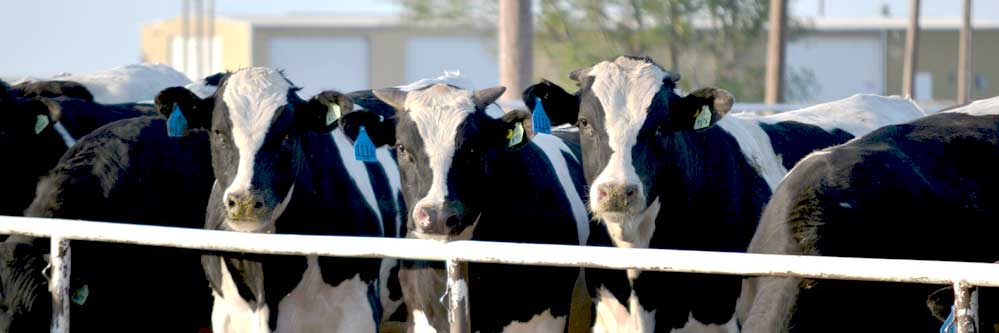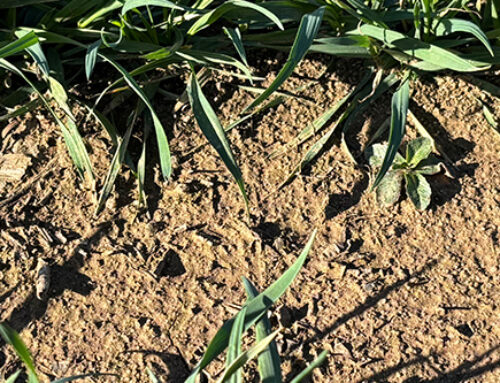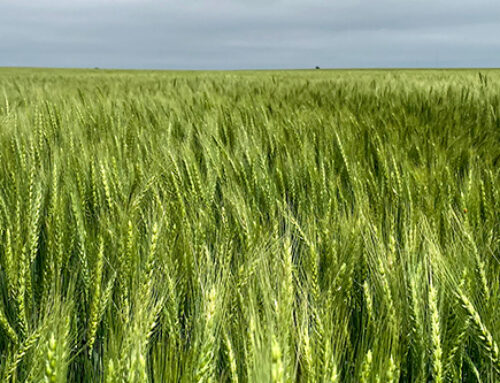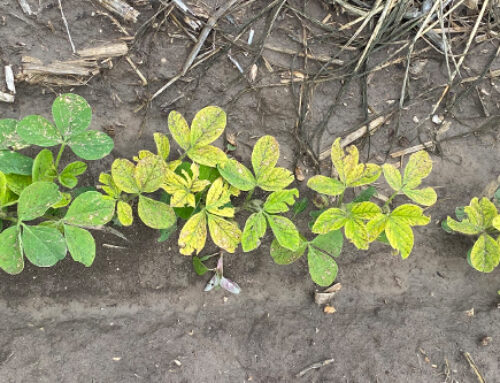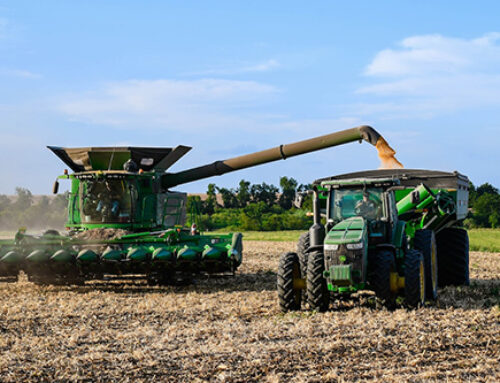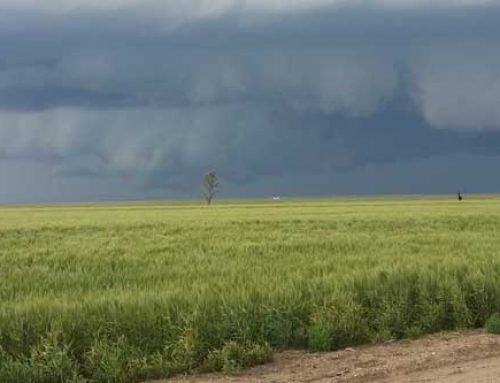The dairy industry has grown rapidly across the High Plains region over the last decade. “Dairy numbers and number of cows have likely peaked in Western Kansas due to the limited supply of water,” states Dwight Koops, Crop Quest President. “Due to water allocations and lower output wells, keeping up with forage demands has proven to be a challenge for the dairy industry in this area. Severe drought conditions have not helped either,” Koops adds.
Dairy cows require a lot of nutrients in order to produce large quantities of milk. Forage quality is important but quantity is also essential for high-level production, resulting in a constant supply of forage needed for diary operations.
Much of the forage produced in Western Kansas is dependent upon irrigation. In the past, there has been sufficient corn and alfalfa grown for silage and sold to the dairies nearby. Local production is important to the success of the dairy operation to maintain reasonable transportation costs.
With current grain prices so favorable, many producers are growing crops for grain rather than silage. This provides an additional challenge for dairies to meet their forage requirements. However, with the increase of lower producing irrigation wells, some farmers are looking to alternatives for crop production. If a well can no longer support corn, some may consider a switch to forage crops that may utilize less water. “We are seeing more acres planted to sorghum and triticale for silage production,” Koops says. Because they do not have the water requirements of corn, they are an excellent alternative for dairy forage.
“With the water problems facing dairies in our area, more dairies are relying on feed resources other than corn silage since there has been a decrease in the number of acres planted to silage corn across the area,” says Johan Marquardt, Crop Quest Agronomist in the Western Kansas and Eastern Colorado area. “Many of the wells owned by the dairy that are producing below 350 gallons per minute are switching to sorghum sudan instead of corn,” he explains. Marquardt adds that acres are at a maximum amount for triticale and sorghum sudan, so the dairies are facing major issues in securing enough forage for their operations and are being forced to purchase high quality feed such as corn and alfalfa to supplement the sorghum silage to make up for feed quality concerns.
Dairies in Marquardt’s area are addressing these issues by reducing cow numbers by immediately culling cows as their milk production declines. Overall herd sizes are also being reduced as well. Dairies are attempting to produce as much forage as possible while remaining good stewards of the land. This is a challenging time for dairies in this region.
In the Texas Panhandle, dairies are acquiring enough land to support the amount of feed necessary for their dairy operation. In this way, they do not have to rely on neighbors to produce forage, nor do they have to ship feed in.
“The dairy producers around my area prefer corn silage for their milking cows and sorghum silage for their replacement heifers,” says Kyle Aljoe, Crop Quest Senior Agronomist in the Dimmitt, TX area. After harvesting the small grain silage, most producers are then double cropping with either corn or sorghum silage. If there is sufficient water, they grow corn. If water is scarce, they grow sorghum.
Aljoe recommends lower plant populations for growing sorghum silage. “They pre-water, use a low population sorghum (about 2 ½ to 3 pounds per acre), and water until the plant reaches a growth stage of 5-6 leaf. At that point, they switch the water to another field and allow the sorghum to stress. They usually average 20-25 tons of sorghum silage per acre,” explains Aljoe. He also emphasizes that the variety of sorghum plays a huge role, because not all varieties can handle that amount of stress.
“Another dairy producer grows corn for earlage, which is harvested using a corn header on a silage cutter so only the whole ear is harvested,” says Aljoe. The dairy producers in his area are making it work despite the drought by staying on their own ground and producing their own feed.
Water issues and drought conditions are just a few of the challenges that are affecting farmers and livestock producers now, and in the future. Talk to your Crop Quest Agronomist about alternatives for your lower producing wells.
